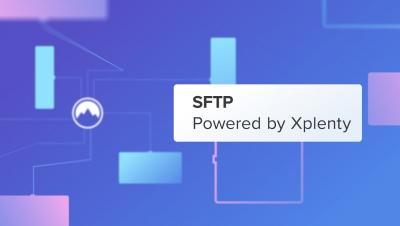Interview with Lia Edwards
In the latest instalment of our interviews speaking to leaders throughout the world of tech, we’ve welcomed Lia Edwards. Lia leads the consultancy side of Threat Protect’s service offering having operated as CIO for several multinational corporations, including Fresnel before co-founding Threat Protect, where she provides consultancy and support on compliance and audit projects, working with clients such as KPMG among others.










